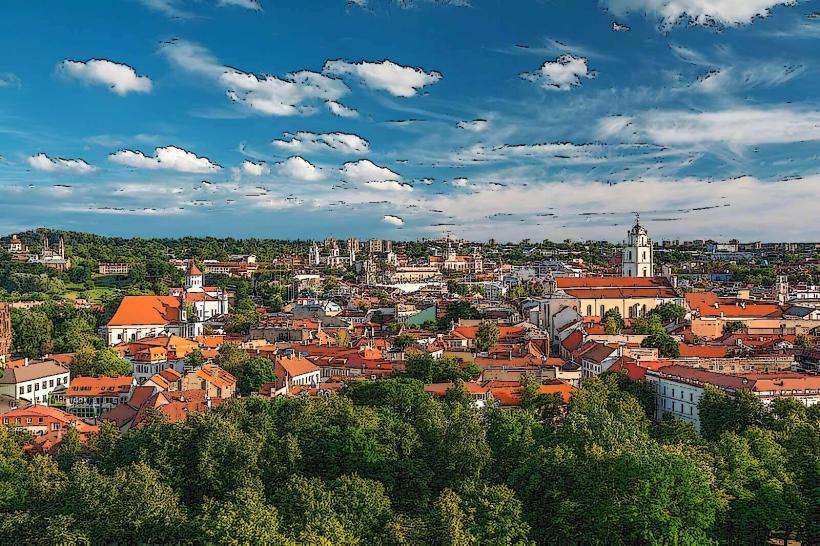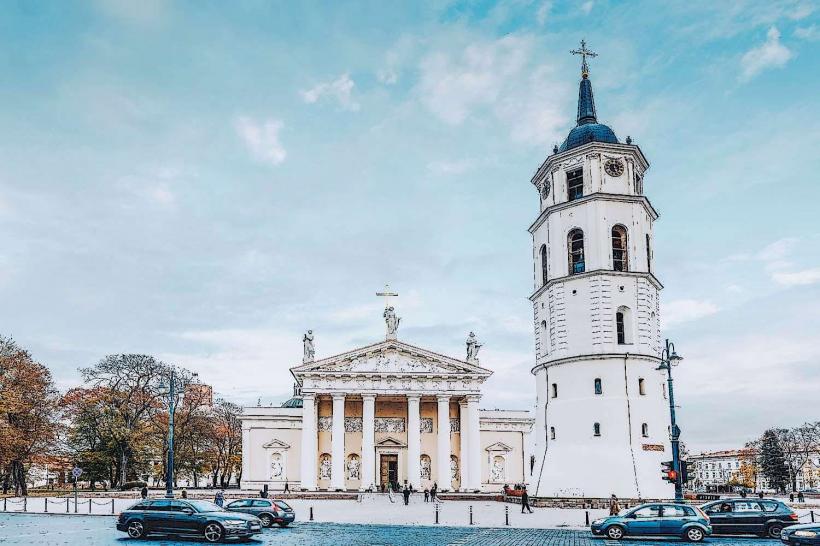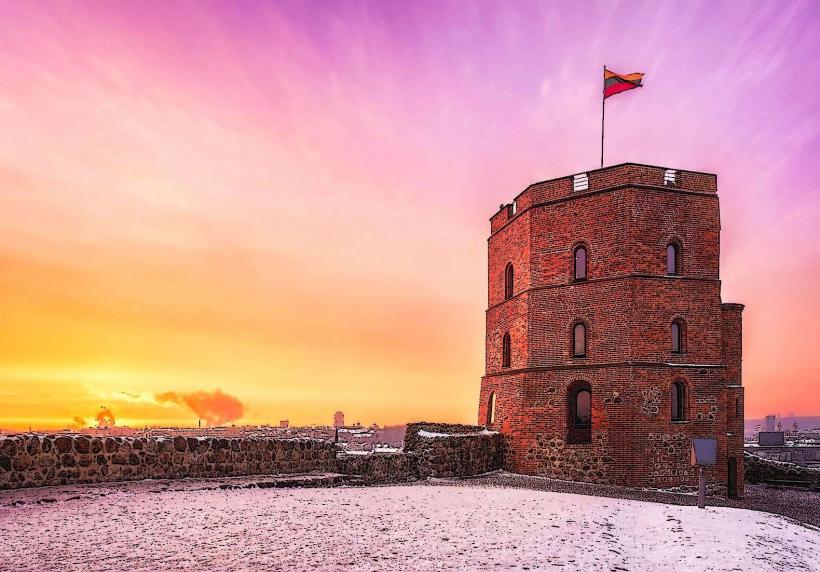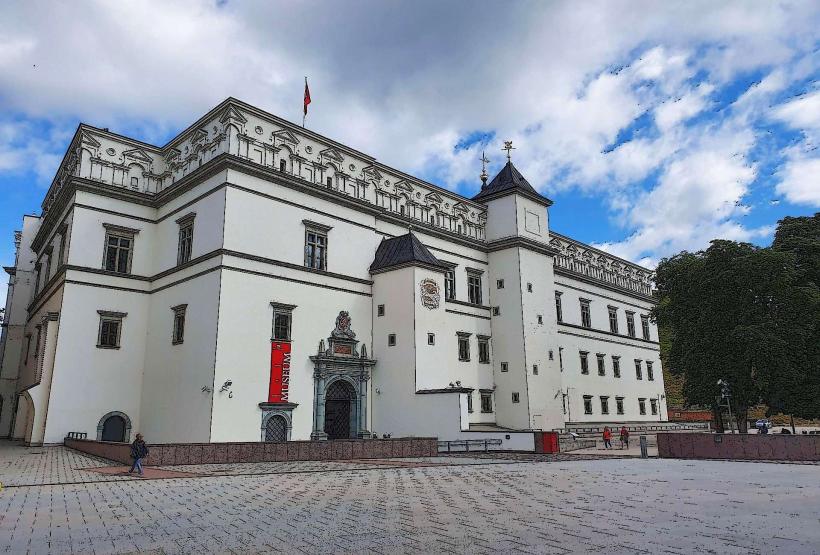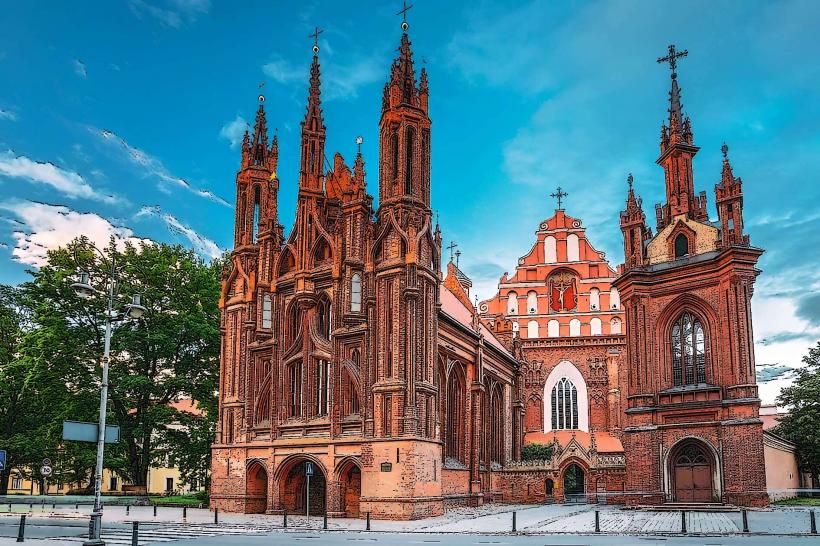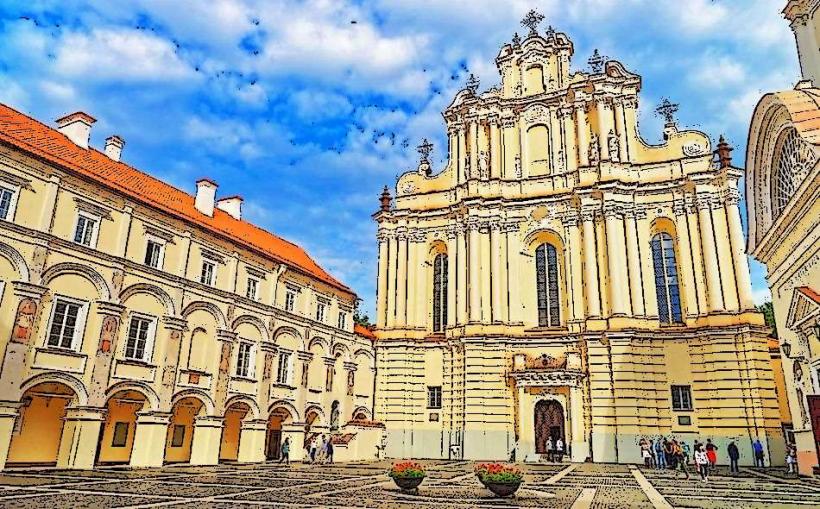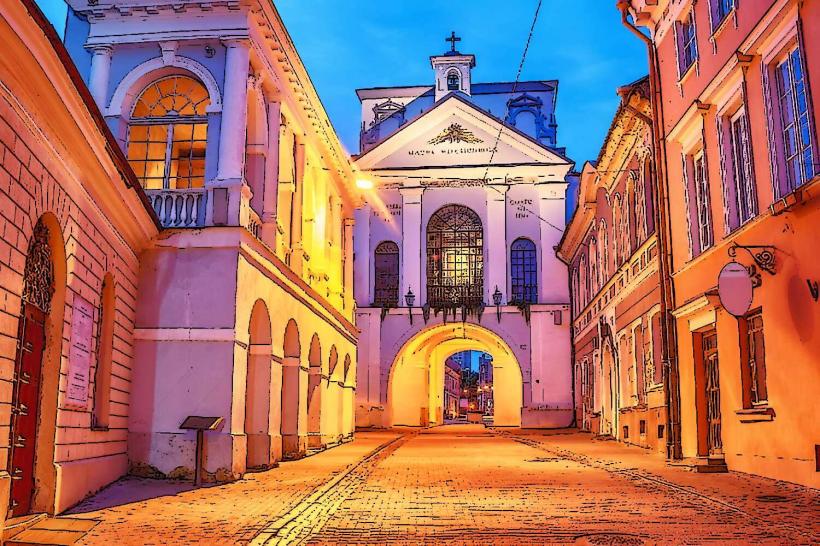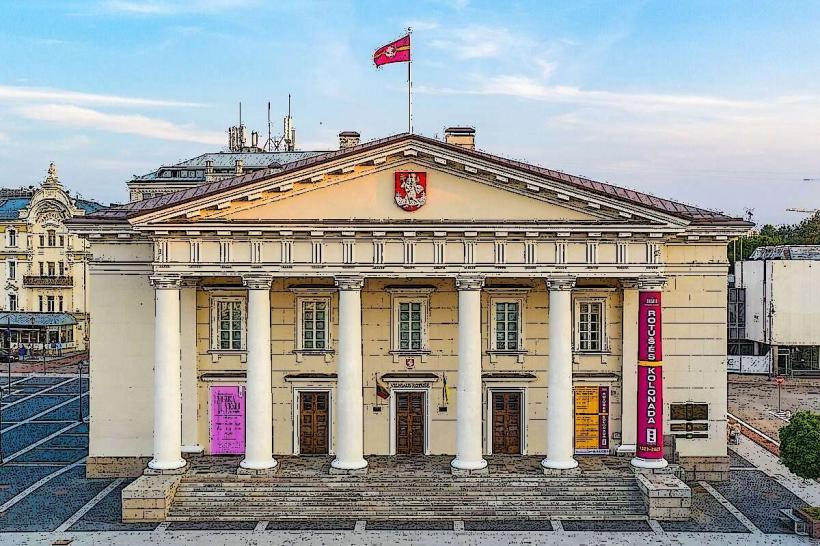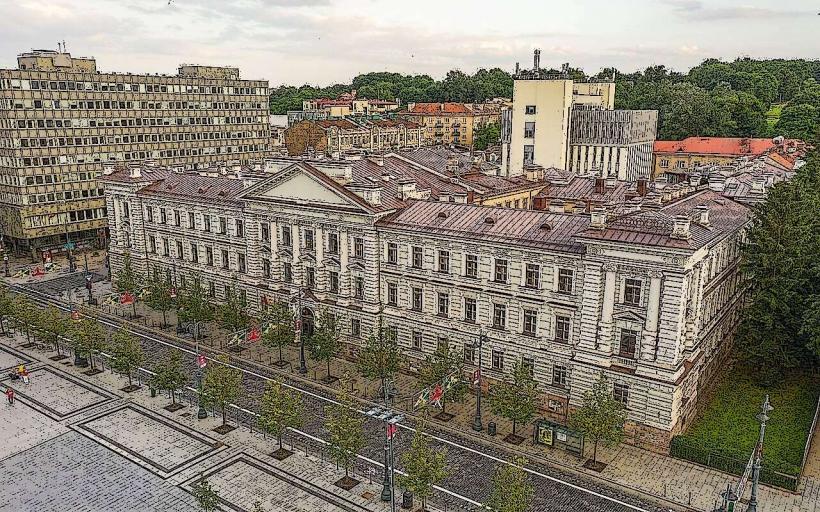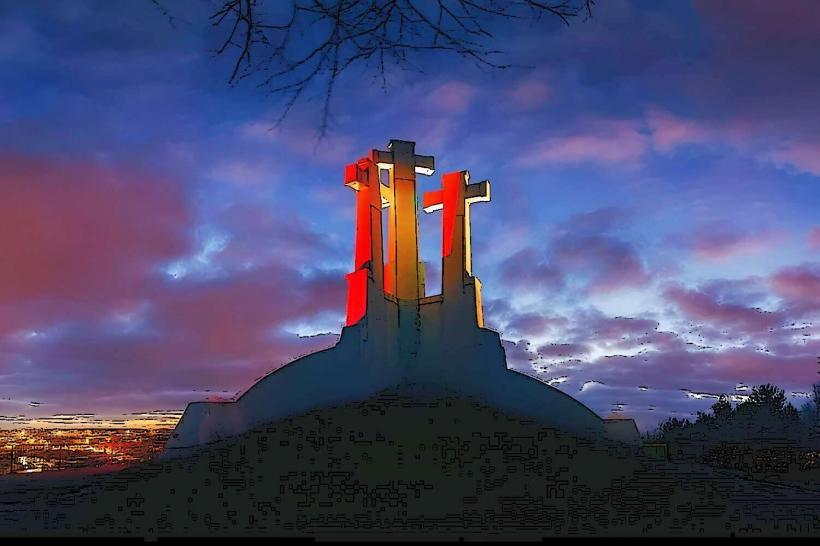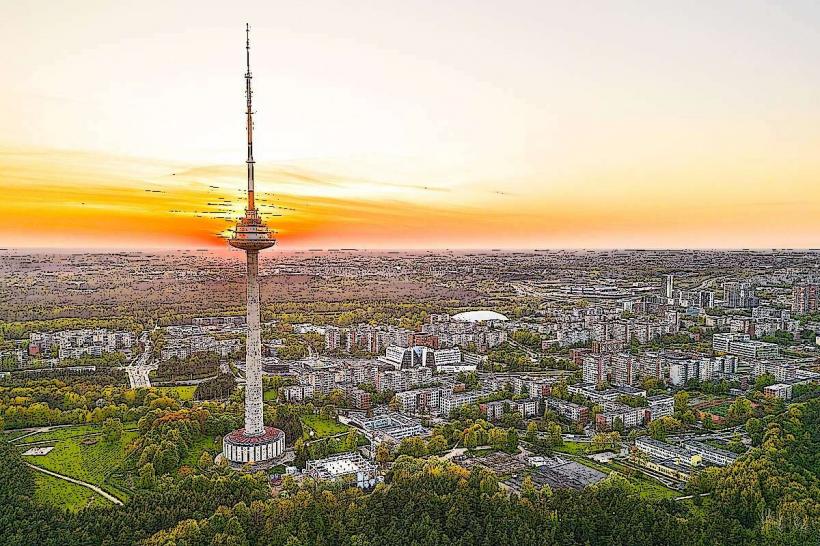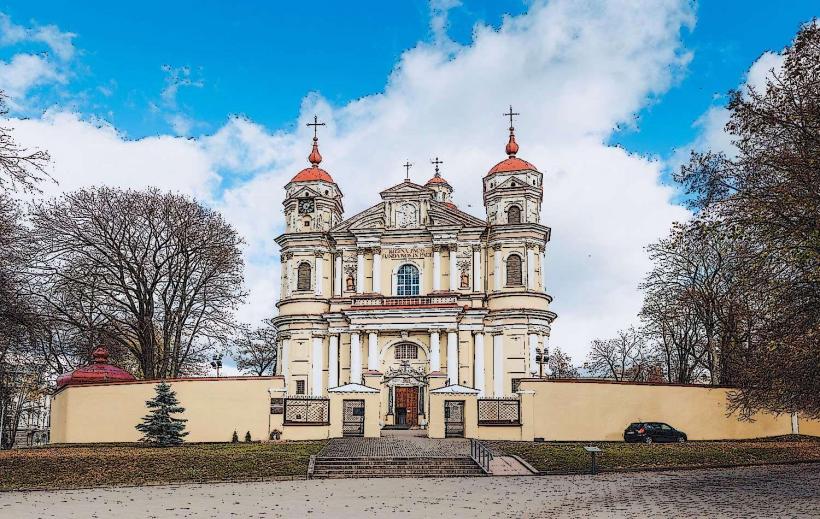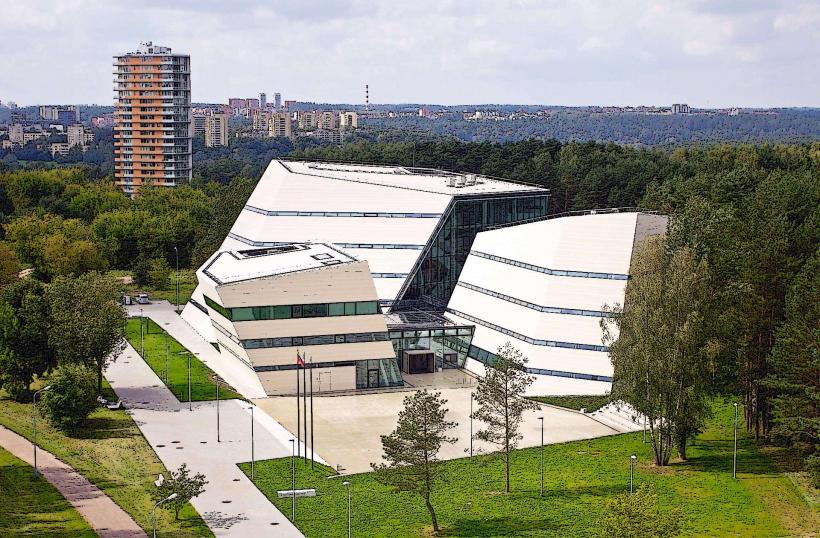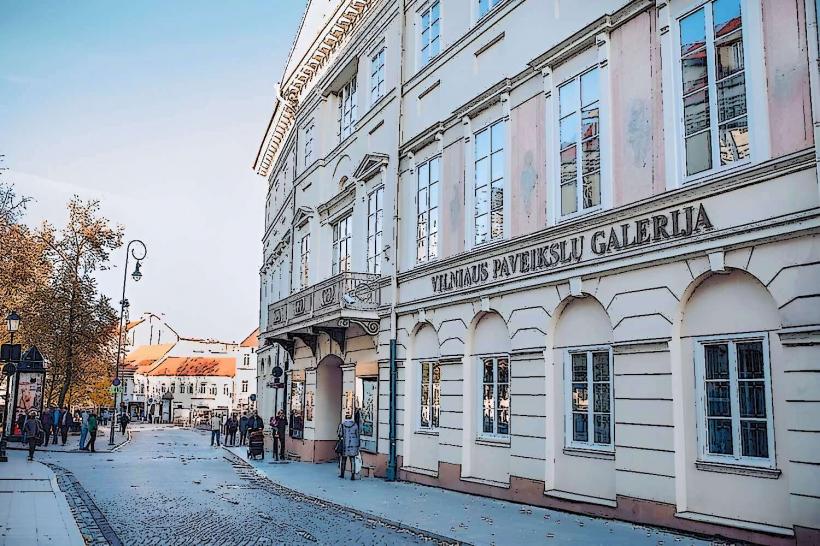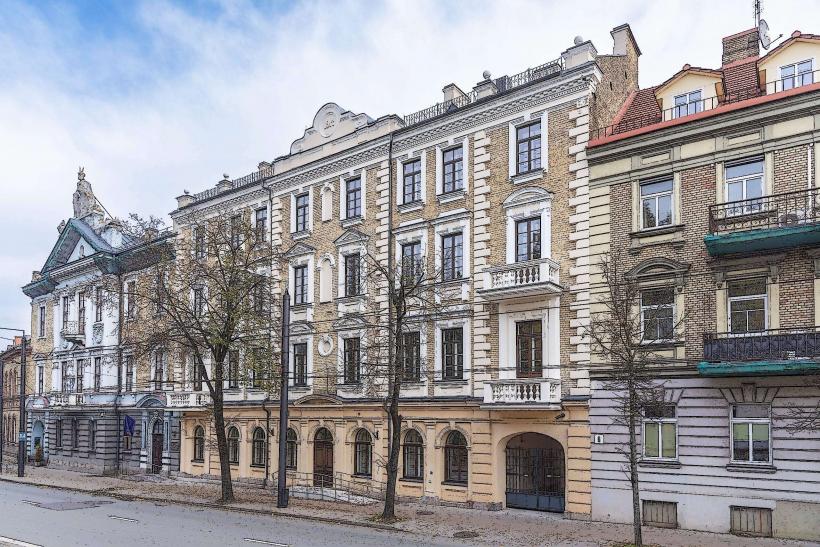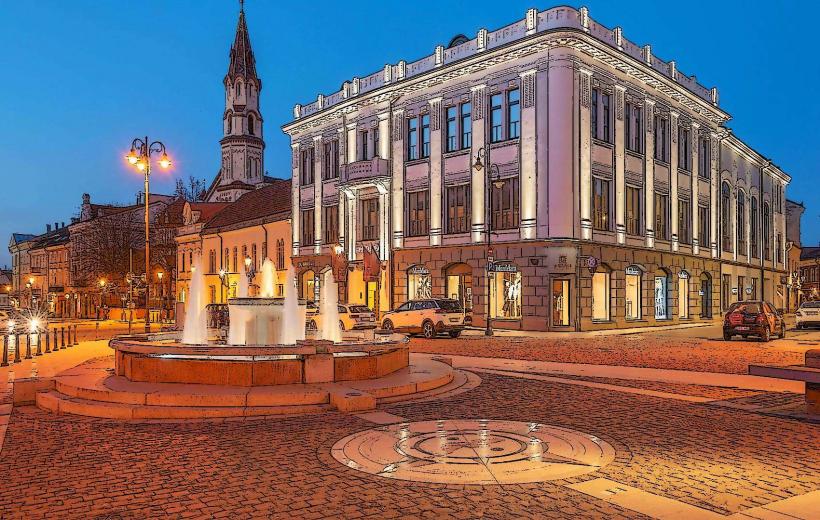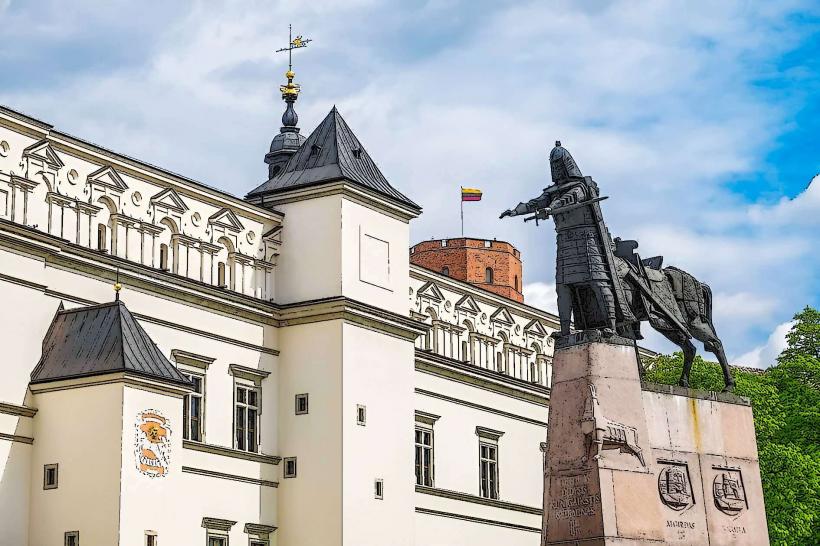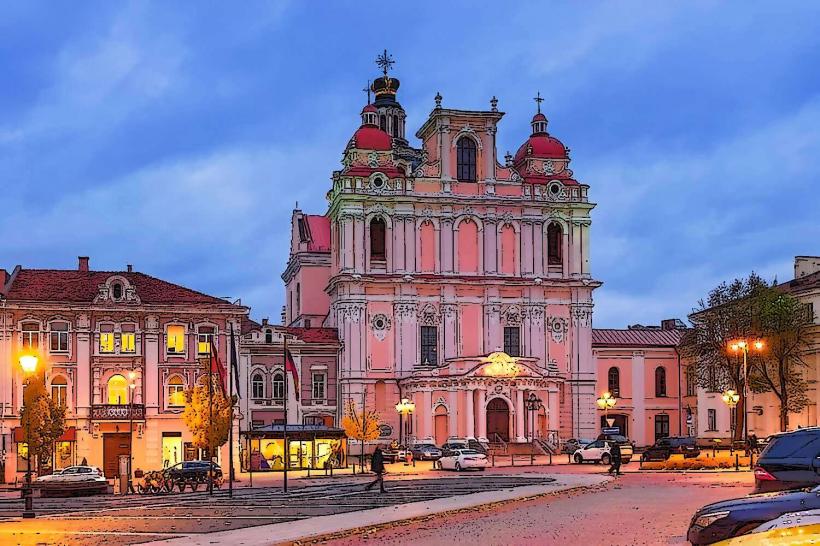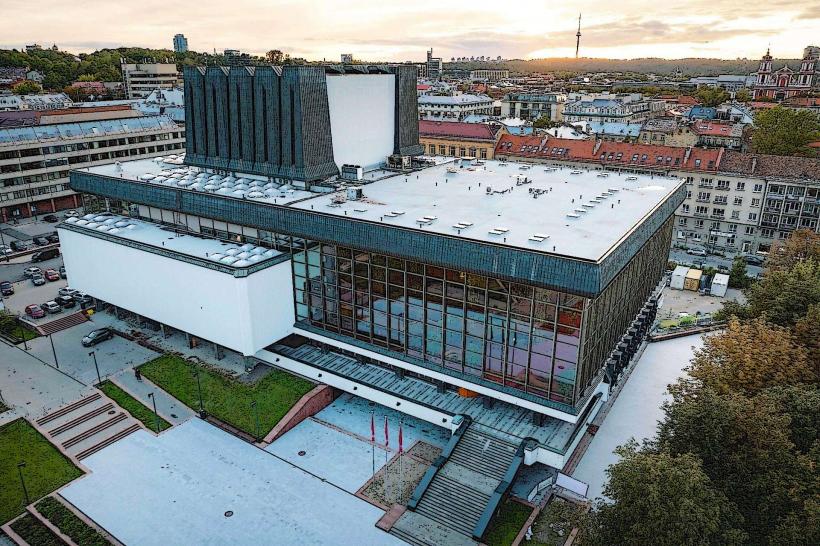Information
Landmark: Church of St. NicholasCity: Vilnius
Country: Lithuania
Continent: Europe
Church of St. Nicholas (Šv. Nikolajaus bažnyčia), Vilnius
The Church of St. Nicholas (Lithuanian: Šv. Nikolajaus bažnyčia) is one of the oldest and most important churches in Vilnius, Lithuania. Known for its rich architectural history and cultural significance, this Orthodox church stands as a testament to the long-standing presence of the Russian Orthodox community in the city. It is also recognized for its beautiful Baroque style, a rarity among Orthodox churches.
History
Founding and Early Years: The Church of St. Nicholas was originally built in the 14th century and is considered the oldest surviving Orthodox church in Lithuania. The church’s origins can be traced to the early Lithuanian Grand Duchy, a period when Orthodox Christianity was practiced by the Eastern Slavic population living in the region. The church was built during a time of religious and cultural exchange between the Catholic and Orthodox communities.
Reconstruction and Baroque Influence: The church was extensively reconstructed in the 17th century, particularly in the Baroque style, which is evident in the church’s present form. The church’s Baroque elements reflect the influence of the Catholic Counter-Reformation in Lithuania at the time, and its style contrasts with the more typical Byzantine architecture of other Orthodox churches. The reconstruction was likely prompted by the increasing importance of the Orthodox community in Vilnius during that period.
Soviet Era: During the Soviet period, religious institutions in Lithuania were heavily controlled, and many churches were repurposed. The Church of St. Nicholas was closed and repurposed as a warehouse in the mid-20th century. It wasn’t until the 1990s, after Lithuania regained independence, that the church was reopened for worship.
Restoration: Following its reopening in the post-Soviet period, the church underwent extensive restoration work. Today, it remains a vital place of worship for the Orthodox community in Vilnius, as well as a popular site for visitors interested in the city’s rich cultural and religious history.
Architectural Features
Exterior: The Church of St. Nicholas stands out for its Baroque facade, which is unusual for an Orthodox church. The exterior features delicate stucco decorations, and the church is characterized by a relatively modest yet elegant design compared to other Baroque churches in Vilnius. The building has a classic rectangular shape with a simple, well-proportioned facade. The bell tower, which is not very tall, adds to the church’s restrained but charming architectural appeal.
Interior: Inside, the church is equally impressive, with Baroque influences seen in the ornate wooden iconostasis (the screen separating the altar from the main church), as well as other interior decorations. The church is adorned with a number of religious icons and frescoes that reflect the rich Orthodox Christian tradition.
Iconostasis: The church’s iconostasis is a significant feature, typical of Orthodox churches, where a large screen of icons separates the sanctuary from the main body of the church. The iconostasis at St. Nicholas Church is an intricate example of Orthodox religious art and serves both as an artistic and liturgical focal point of the interior.
Frescoes and Paintings: The church is also known for its collection of frescoes and paintings, which provide insight into the religious and cultural traditions of the Orthodox community in Vilnius. Some of these works date back to the 18th century and reflect the religious themes and artistic styles of the period.
Religious Significance
Orthodox Christianity: The Church of St. Nicholas is an important place of worship for the Russian Orthodox community in Vilnius. It is one of the few Orthodox churches in a city otherwise known for its Catholic traditions. It remains a symbol of the historical presence of the Orthodox faith in Lithuania, which has coexisted alongside Catholicism for centuries.
Patron Saint: The church is dedicated to St. Nicholas, one of the most revered saints in both Eastern Orthodox and Catholic traditions. St. Nicholas is known as the patron saint of travelers, merchants, and children, and his feast day on December 6th is celebrated with great reverence by the Orthodox community.
Visitor Experience
Religious Services: The Church of St. Nicholas continues to serve as an active place of worship. Visitors can attend Orthodox liturgies, which are held in accordance with the rich traditions of the Russian Orthodox Church. The services, often accompanied by the sound of traditional chanting and liturgy, provide a deeply spiritual and cultural experience for those interested in religious practices.
Cultural and Historical Site: For visitors interested in history, the church offers an opportunity to explore one of the oldest surviving Orthodox buildings in Lithuania. It provides insight into the religious diversity of Vilnius and the interfaith relations that have shaped the city’s cultural and architectural landscape over the centuries.
Museum and Exhibitions: From time to time, the church hosts exhibitions and cultural events that showcase religious art, history, and Lithuanian Orthodox traditions. Visitors can explore the church’s frescoes, icons, and liturgical items, which are often on display as part of the exhibitions.
Location: The Church of St. Nicholas is located in the Old Town of Vilnius, near other notable landmarks such as the Gates of Dawn and St. Anne's Church. The church is easily accessible for visitors exploring the historical center of the city.
Conclusion
The Church of St. Nicholas in Vilnius is not only a significant Orthodox religious site but also a valuable part of the city’s rich cultural and architectural heritage. Its history, which spans over 600 years, reflects the complex religious and cultural tapestry of Vilnius. With its Baroque architecture, historical frescoes, and active worship services, the Church of St. Nicholas remains an important destination for those seeking to understand the diverse religious traditions that have shaped the city’s identity.

